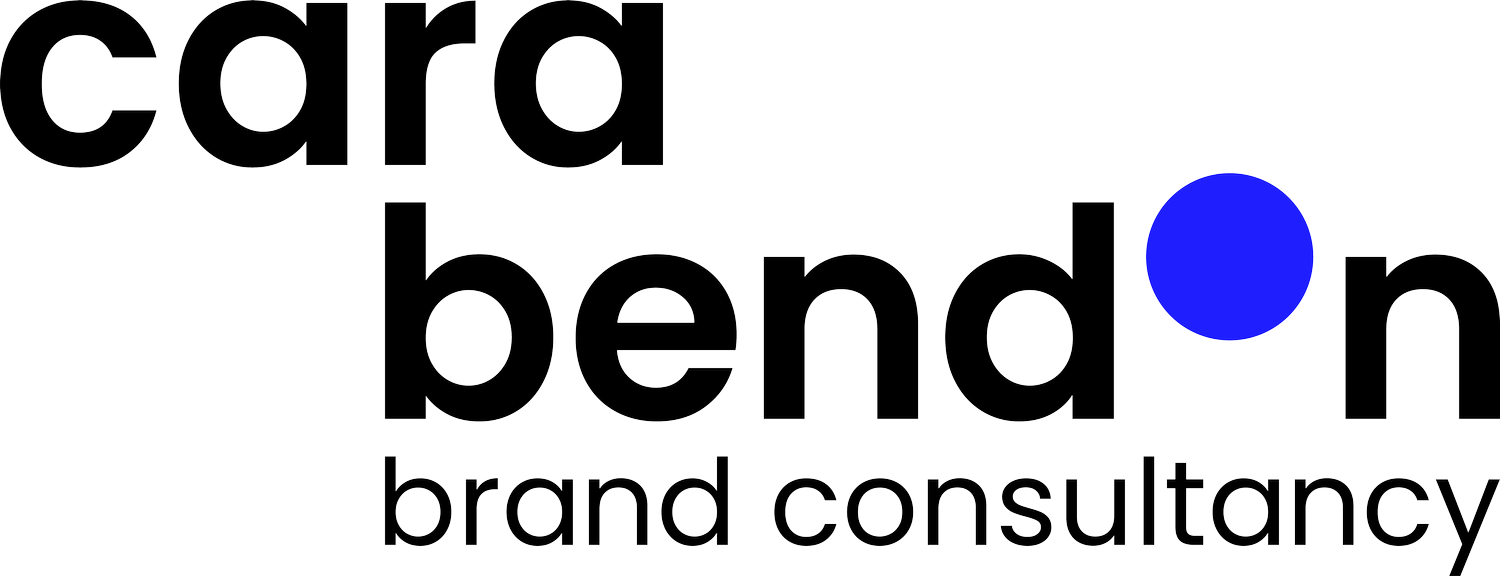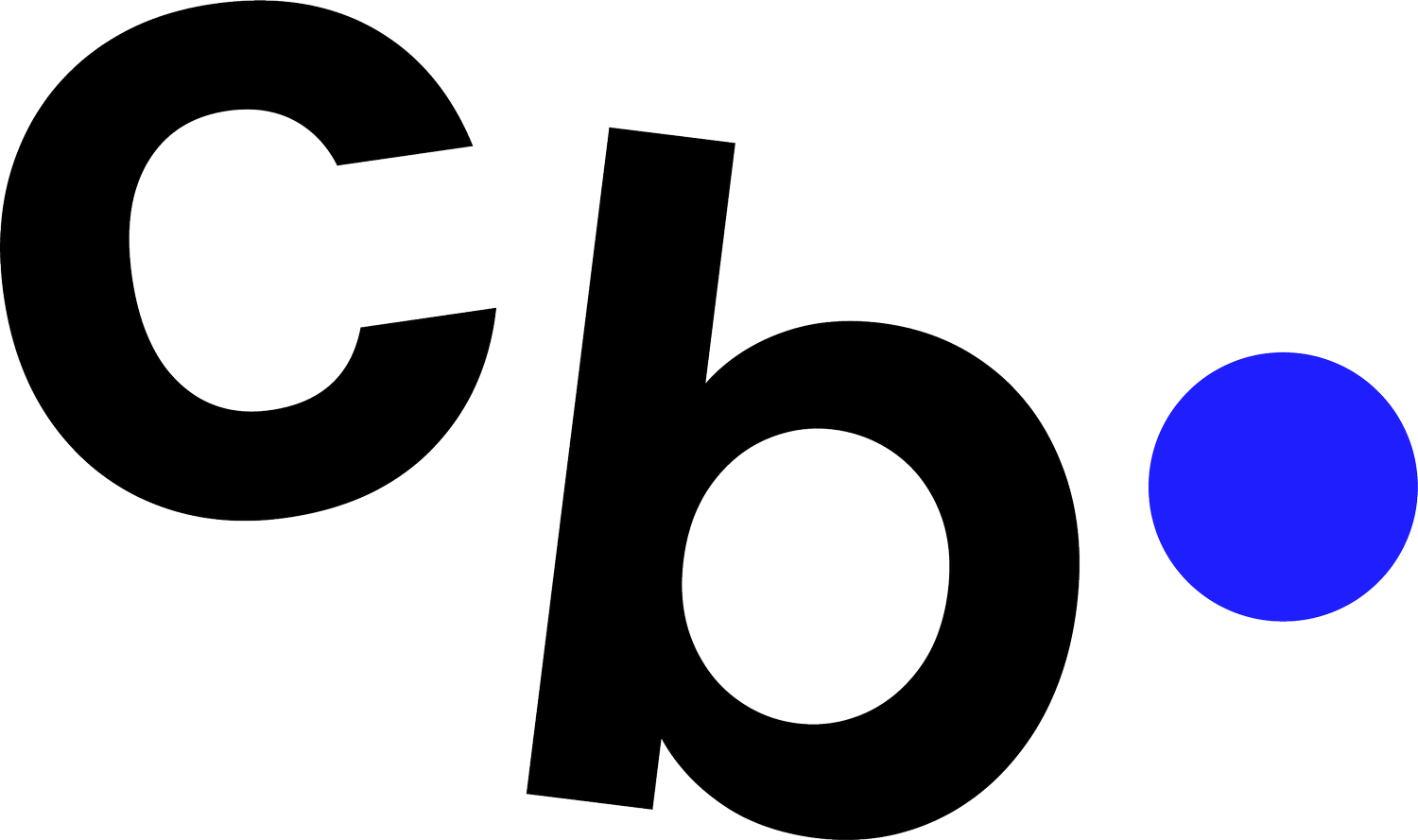Brand Matters
What is branding? And why does it matter?
It’s estimated that we each see between 6,000 and 10,000 different brands a day. That’s in just a single average day! We are exposed to brands everywhere - adverts on our smartphones, transport, in the street, on TV and pretty much everywhere else - that cup your drinking from, the coffee you poured in to it, the kettle you made the drink with, and so on…
But despite this bombardment, as consumers the numbers show we do continue to place our trust in brands, and those with the most famous brands outperform their competitors. The bottom line is that people like products but love brands, so if you want to be chosen over your competitors and remembered for the right reasons then having a strong brand is key.
We are bombarded with adverts, and are exposed to between 6,000 and 10,000 brands in a single day.
So let’s take a step back and look at what branding is, and how it works.
Just a single red C, the swoosh of a black tick or the hint of a yellow bag and we instantly recognise these brands. Every day millions of consumers choose to buy fizzy drinks from Coca-Cola, goods from Selfridges and sportswear from Nike over thousands of (often cheaper) competitors. Why? Because these three brands have a strong brand image that many people aspire to, a reputation for quality and we’re probably more familiar with their logos than our own family’s birthdays.
In fact, some of the most well known and loved brands no longer even use their brand name in their branding, they are recognised simply by their image:
And branding doesn’t just apply to big companies and multinationals. Many musicians have also forged strong visual brands of their own:
From left to right: Prince became known by the Love Symbol in 1993, DJ Marshmallow who keeps his identity secret, the Rolling Stones’ iconic logo is based on lead singer Mick Jagger’s mouth, Nirvana’s ‘stoned’ take on the smiley face associated with rave culture of the 90’s, Dj Deadmou5’s logo is a deliberate reference to Disney’s beloved Mickey Mouse, and Singer SIA used a wig to conceal her face for sometime, becoming a visual trademark for her.
So when did branding begin?
The origin of branding is pretty simple, the first branding examples were cattle in the 17th century when farmers used a branding iron to literally mark out their cows from the neighbouring farm’s. Inhumanely, the practice was also used to mark ownership of slaves throughout the 16th and 17th century.
Throughout the 17th and 18th centuries, the term moved away from being a mark of possession to a tool of promotion, as local businesses were able to utilise the advent of the printing press to place advertisements for their stores, goods or services.
Before business cards and social media, networking was a more bovine affair
"All Sorts of Snuff and Tobacco". 18th century frame for tobacco shop. Copper engraving, English, Ca. 1740. Image via Getty
Advertisement in the Kilburn Times, 28th May 1870, courtesy of Brent Council
The dawn of advertising soon led to businesses thinking about connecting their names and reputation with memorable visuals to stand out from competitors - the birth of branding in our modern sense of it. As the industrial revolution of the 19th century sped up the production of goods, making the economy dependent on people buying more and more goods. This was amped up in the 1950’s when the hardship of two world wars had taken its toll and people aspired to have better lives. This coincided with radios and early televisions becoming more easily available, and so this led to advertising - creating demand for products and brands in people’s own homes. Read this fascinating article if the history of this interests you.
Twinings logo, 1787 - more than 200 years later, Twinings’ logo is still very close to its original!
So, if everyone brands their products and businesses, what’s the point?
Isn’t the world overcrowded enough with logos and adverts?
Well, the point is that by building a brand you’re giving your business an aspect that people can remember, identify with and even aspire to.
For example, if your business was Hotel Chocolat, you’re not selling the cheapest chocolates, you’re selling a luxury experience – clean, sophisticated branding with a shop full of artisan chocolates and polite attentive staff, products that will make a prized gift or a personal treat to be savoured.
“As a business, you’re not just selling your customers your product or service, you’re selling them your whole brand experience.”
The customer experience carries on after they have bought from you too. Think about the delivery or customer service they experience when waiting for their product to arrive, the confirmation or follow up email from their service booking etc. In the example above, once the customer leaves the store, they will walk down the street with the gift wrapped chocolates, feeling positive about their experience and their Hotel Chocolat branded white paper bag will make passers by jealous, or inspire them too to visit the store.
So what can we take from all of this?
Having a good product or service isn’t good enough if you want to stand out. People like products but have loyalty to brands. If you want to be chosen over your competitors and remembered for the right reasons, then having a strong brand is key. Time and time again it has been proven, consumers are willing to pay more for an item or service from a recognised and reputable brand. So a strong brand = repeat sales, potential lifetime customer loyalty, increased sales and a higher profit margin.
Want help creating your own strong and recognisable brand?
Then you’re in luck. With over a decade of experience cultivating unforgettable brands for startups, entrepreneurs and small businesses, we know how to present your brand in the best way possible.











